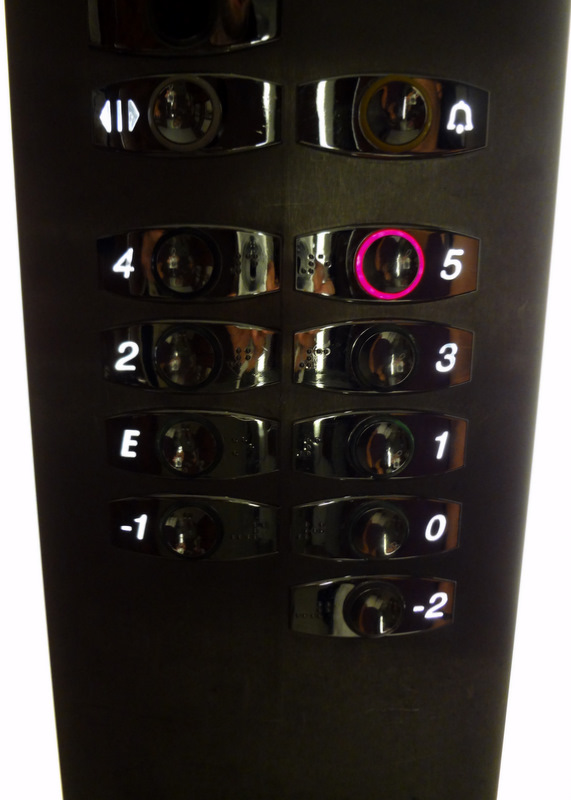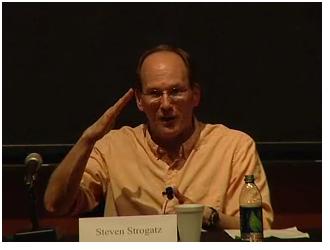 I was out in the neighborhood shopping for seafood and stopped by the local fishmonger. I inspected the jumbo shrimp, which were going for $17.99 a pound. I decided I’d take a pound, and placed my order.
I was out in the neighborhood shopping for seafood and stopped by the local fishmonger. I inspected the jumbo shrimp, which were going for $17.99 a pound. I decided I’d take a pound, and placed my order.
The fishmonger threw a handful of shrimp on the scale. The pile weighed in 0.85 pounds, so he added a few more. The additional shrimp took the total over a pound, so he took one off. Slowly, this series of shrimp was converging to the appropriate limit.
Still a little over, the fishmonger exchanged two large shrimp with two smaller ones. This brought the total weight down to 0.95 pounds.
I turned my attention to the rest of my grocery list. It wasn’t until after I had cashed out and left the store that it hit me: The fishmonger had charged me $17.99 for the shrimp! That is, he charged me for a full pound, even though I only received 0.95 pounds.
Now, a 5% margin of error might not seem too bad, but because of the high cost of shrimp, that 5% error amounts to 90 cents! With all the attention paid to that weighing, I feel like he could have been a bit more accurate. I would also hypothesize that the vast majority of weighing inaccuracies are of the “under” variety.
My inattentiveness here cost me a dollar, but at least I walked away with something to think about. And while the fishmonger may have won a dollar, he lost all my future business.




